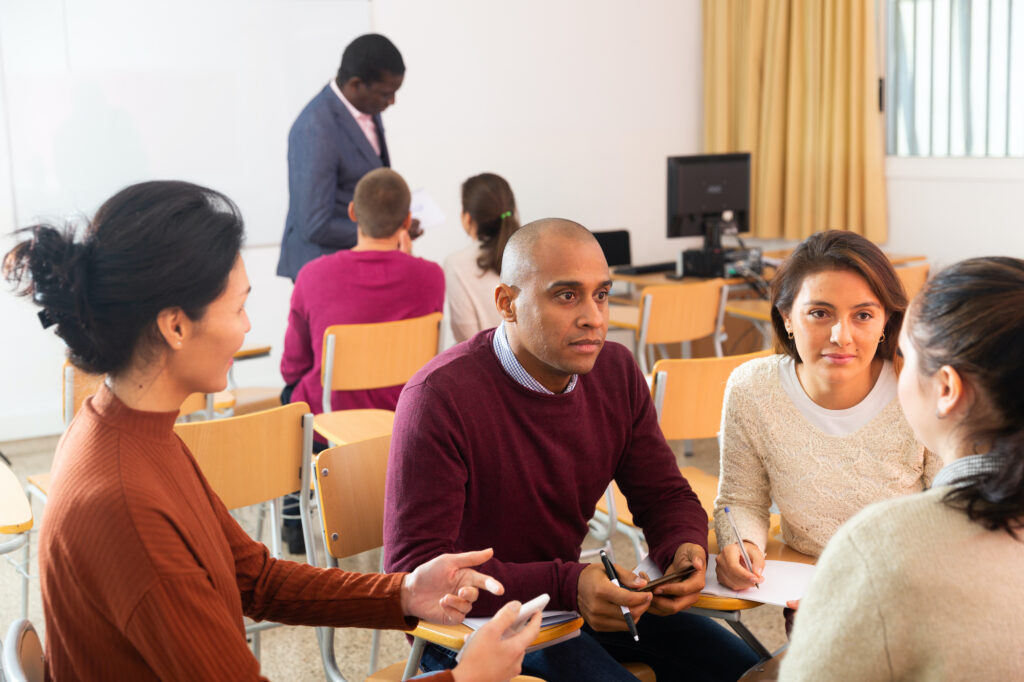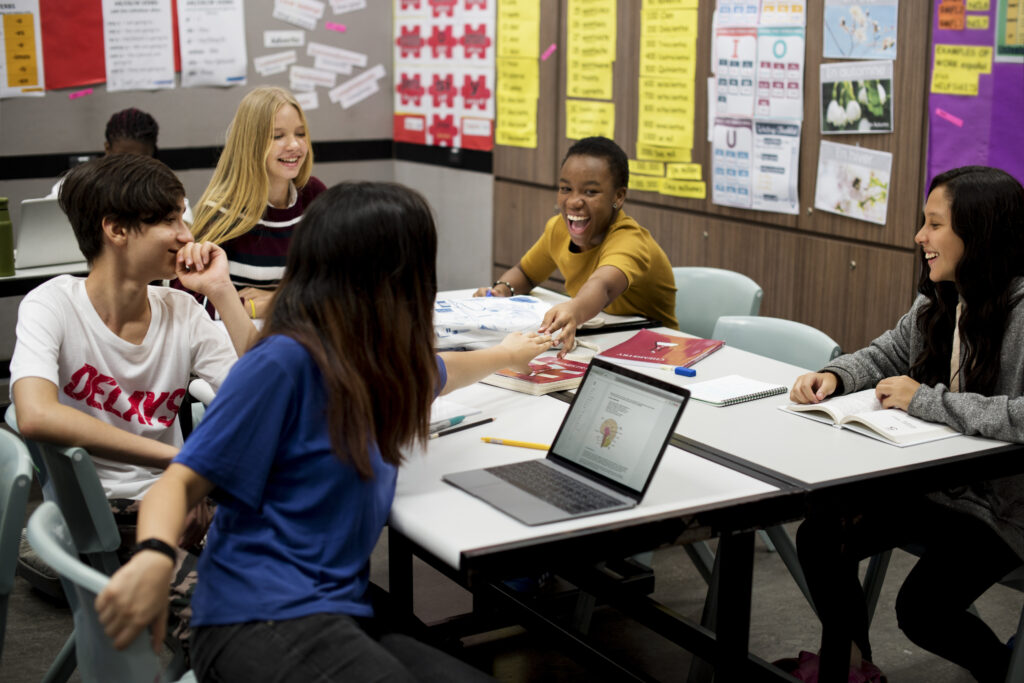
5 high-leverage practices for transforming your PL
“How do your teachers plan together?”
“How and when do they receive feedback on their instruction?”
These are some of the first questions we ask at Instruction Partners when we begin a new partnership with school and system leaders. We’ve found most leaders agree on the importance of dedicated time for teachers to plan together and receive actionable feedback; however, we’ve found very little alignment on what collaborative planning and feedback should look like in practice.
It seems that “professional learning community,” or “PLC,” means something different to just about everyone. In one system, PLC topics might cover anything from general administrative updates, to curriculum review, to parent engagement—varied topics that are rarely tied to ongoing progress monitoring or teacher feedback. Teachers often come together without a clear goal, and, as a result, the limited time they have to learn together is often seen as a compliance activity.
Observation and feedback routines carry their own set of questions: Who should observe classrooms, how often, and why? How do teachers receive actionable feedback, and how are they supported to implement that feedback? Without clear answers to these questions, classroom observations can feel like a “gotcha” moment for teachers who interpret the administrator’s presence in their classroom as a sign of mistrust. And, too often, the feedback teachers receive following observations is not paired with the support they need to make changes to instruction.
This lack of clarity can leave both leaders and teachers feeling overwhelmed and confused by the process. That’s why our team has spent years working with hundreds of school leaders across the country to get really clear on the factors that make ongoing professional learning effective.
In 2018, we began a project to study the differentiating actions of leaders who successfully implemented high-quality curricula. We found that providing teachers and leaders with upfront training experiences can deepen their knowledge of how the curriculum works and set the foundation for strong instruction. However, it was the schools that also had aligned, ongoing structures for planning and feedback that saw the biggest gains in teacher practice and student learning.
Over the last two years, we expanded our leadership work by conducting a pilot with 16 schools to identify the actions that leaders can take to effectively support those structures. Based on everything we learned, we identified five high-leverage professional learning practices that, with the right conditions in place, can drive meaningful change in teaching and student learning.
Five practices for effective professional learning
1. Unit internalization
Teachers study a curriculum unit to deeply understand what students are expected to learn (the “big ideas”), how students will be assessed, and the arc of learning over the course of the unit.
During internalization, teachers identify the lessons they may want to focus on, as well as which student tasks they want to analyze for evidence that students are progressing. To address unfinished learning, they make adjustments to the timing of the unit and intentionally use pedagogical strategies to provide targeted support to specific students.
2. Lesson preparation
Teachers study upcoming lessons to deeply understand what students are expected to learn and how students will be assessed. They make adjustments to the lesson and use pedagogical content strategies to support the needs of specific students with a focus on unfinished learning.
3. Student work analysis
Teachers analyze student work for two purposes: 1) to determine if the task is aligned to grade-level standards and 2) to inform instructional next steps based on the depth of student learning. By examining the work itself, teachers gain insight about what students understand so they can build off their knowledge in future lessons.
This asset-based approach is also valuable for school leaders because, unlike standardized test results that take weeks or months to receive, it provides an immediate, timely view into student learning that can help inform instructional priorities and school improvement efforts.
4. Ongoing feedback cycles
Instructional leaders observe classrooms with a specific focus on providing targeted feedback to teachers to inform instructional improvement.
This can be accomplished in individual or group settings:
- Individual: Teachers meet with their coaches (e.g., instructional coach, teacher leader, school leader) and receive specific feedback.
- Group: Leaders facilitate practice clinics focused on skill-building.
5. Instructional rounds
Members of a school community observe and debrief classroom instructional practices together in order to:
- norm and calibrate on a shared vision and criteria for instructional practices;
- strengthen the knowledge and skills of individual observers to facilitate effective ongoing feedback cycles;
- communicate overall strengths and areas of growth around schoolwide practices; and
- determine next steps for improving instructional practices as a school.
By putting these five practices in place, school leaders can more effectively empower teachers to consistently plan and deliver great learning experiences for their students.
We know that changing PL routines is easier said than done—that’s why we created a set of resources to help leaders lay the foundation for strong PL structures and operationalize these five practices.
Our Professional Learning Conditions and Practices include rubrics to help leaders assess the current state of PL in their schools, along with leader actions and tools to support each practice.


